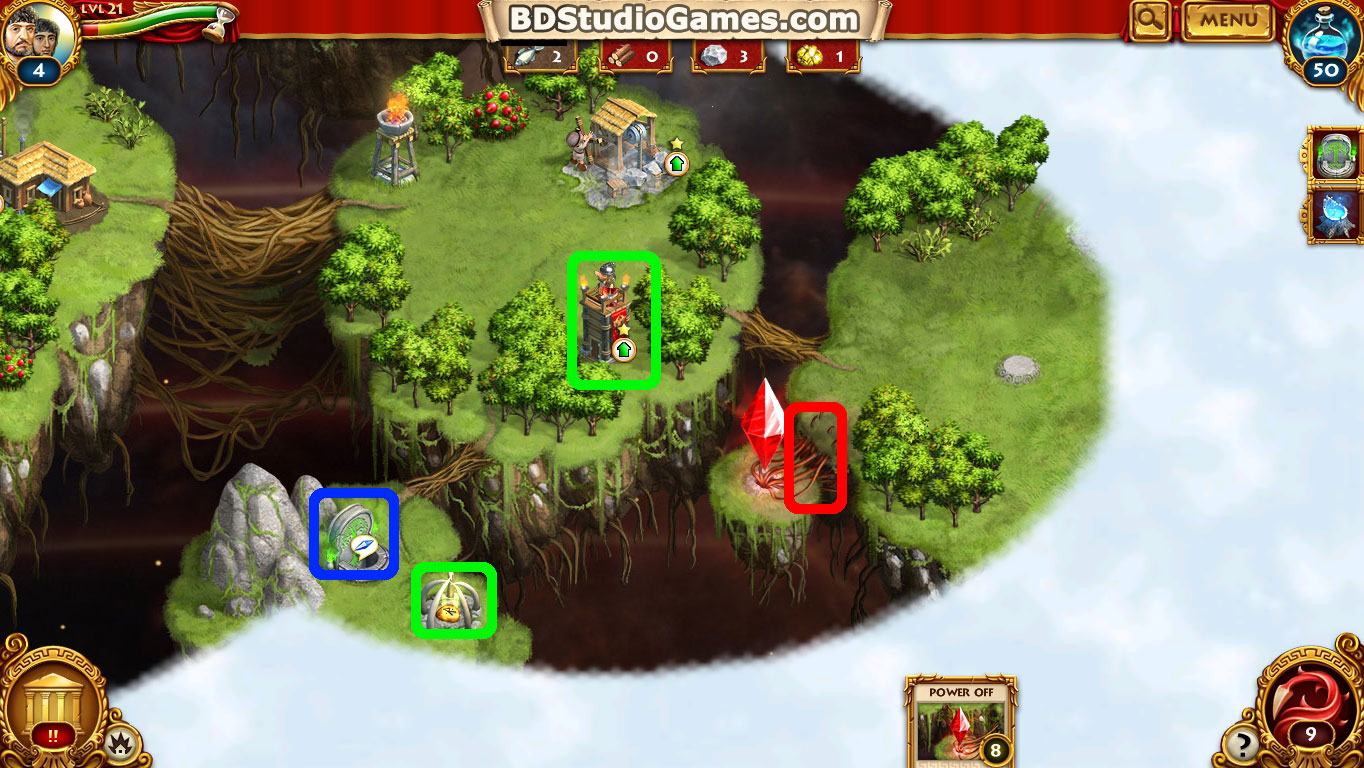

These roads were typically named after the Roman censor that paved them. Other important Roman roads of note include Via Flaminia which went from Rome to Fanum (Fano), Via Aemilia from Placentia to Augusta Praetoria (Aosta), Via Postumia from Aquileia to Genua (Genoa), and Via Popillia from Ariminum (Rimini) to Padova in the north and from Capua to Rheghium (Reggio Calabria) in the south.ĪDVERTISEMENT Map of Roman Empire at its height in 125 C.E., showing the most important roads. Map of major Roman highways in the Italic peninsula. The stretch from Rome to Terracina was essentially one 90-km long straight line. It was very much a straight line that all but ignored geographical obstacles. Via Appia was highly typical of how the Romans thought about building roads. The first and most famous roman road was Via Appia (Appian Way) which linked Rome to Capua, covering 132 Roman miles or 196 kilometers.

These roads ran into high roads or into other viae vicinales and could be either public or private. Finally, there were secondary roads that lead through or towards a vicus or village. These were usually dirt or gravel roads since local estate owners or communities did not possess the funds nor the engineering skills to match the quality of private roads. These were private roads that were built and maintained by citizens. They were built by legionaries and were generally closed to civilian travel. The military roads were very similar to public roads in design and building methods, but they were specifically built and maintained by the military. Although Roman troops marched across all types of roads and terrain for that matter, they also had their dedicated corridors in the road network. Tolls were common at key points of crossing, such as bridges and city gates, enabling the state to collect import and export taxes on goods.
#Roads of rome 4 level 19 free#
But although they were funded by the state, not all public roads were free to use.
#Roads of rome 4 level 19 full#
As such, they were also the most traveled, dotted by carts full of goods and people traveling through the vast empire.

These were the most important highways that connected the most important towns in the empire. These were public or main roads, built and maintained at the expense of the state. Roman jurist and one of the greatest legal authorities of his time, there were three major types of roads: These ranged from small local dirt roads to broad, stone-paved highways that connected cities, major towns, and military outposts.Īccording to Ulpian, a 2nd-century C.E. Just like today, the Roman transportation network consisted of various types of roads, each with its pros and cons.

The answer to their longevity lies in the precision and thoroughness of Roman engineering. These include Via Flaminia and Britain’s Fosse Way, which still carry car, bike, and foot traffic. Many of these roads were so well designed and built that they are still the basis of highways that we see today. While the Romans didn’t invent road building, they took this Bronze Age infrastructure to a whole new level of craftsmanship. Encompassing both military and economic outcomes, roads were truly central to Rome’s political strategy. Like arteries, these marvelous feats of engineering ferried goods and services rapidly and safely, connecting Rome, “the capital of the world”, to the farthest stretches of the empire, and facilitated troop movements to hastily assemble legions for both border defense and expansion. It is estimated that the Roman road network was more than 400,000 kilometers long, out of which over 80,000 km were stone-paved. Crucial to maintaining dominion over such a large empire was Rome’s huge and intricate network of roads that remained unparalleled even a thousand years after its collapse. Credit: ĭuring its zenith under the reign of Septimius Severus in 211 C.E., the mighty Roman Empire stretched over much of Europe, from the Atlantic to the Ural Mountains and from modern-day Scotland to the Sahara or the Arabian Gulf. An ancient Roman road leading into the Arc of Trajanus in Timgad, Batna, Algeria.


 0 kommentar(er)
0 kommentar(er)
